IS ALLOWING YOUR CHILD TO DRINK A SMALL AMOUNT OF ALCOHOL ON NEW YEAR’S EVE HARMLESS OR IRRESPONSIBLE PARENTING?
As thoughts shift toward a fresh start in a new year, there is an energy in the air and hope in our hearts for new beginnings. Out with the old, in with the new! Let’s celebrate! Friends and families gather again to welcome in the New Year in a variety of ways. The question of whether to allow your child a sip of the bubbly might be yours to answer this season. For some, the answer is easy, others wrestle with it. Rather than take a side one way or the other, this article lays out two sides of the argument, introduces a third, and ends with some delightful non-alcoholic drinks for kids.

FOR ALLOWING A FEW SIPS
Those in favor of allowing their child to have alcohol on special occasions limit the use to sips, a taste, or a watered-down version. This is done in the company of family where they can be monitored. “Allowing teenagers to experience alcohol in a family environment can stop teenagers from binge drinking” was one response on the Quora forum.
The National Institute on Alcohol Abuse and Alcoholism reports Underage Drinking as a serious public health problem. Underage drinking does not include sips of alcohol but rather a standard sized drink of 5 percent of alcohol or more.
Another often used argument in favor of allowing youth alcohol use references European countries and cultures where alcohol use is commonplace. Throughout Europe, the legal drinking age is 16 for wine and beer, and 18 for other types of alcohol. Alcohol tends to be consumed with meals either before, during, or after the meal. Since alcohol is absorbed through the stomach, any food in the stomach would also absorb the alcohol before it moves to the bloodstream. In a 2016 study of European adolescents drinking culture, alcohol use was identified in three categories, non, mild, and high/risky use. Iceland had the highest percentage of non-users, Germany fell below the average, and Denmark had the highest proportion of risky users. According to the study, 15 Percent of all adolescents across all countries can be classified as risky users. For more information from this study see, Alcohol drinking cultures of European adolescents | European Journal of Public Health | Oxford Academic (oup.com).
Some wonder if forbidding it is like demonizing it. Will youth then want to drink more? Others have expressed concern that if kids are not permitted to drink, they will go hog wild in college or when given the opportunity. Teens are notorious for pursuing something they are told not to do.
AGAINST ALLOWING A FEW SIPS
Counter to the argument that letting kids have sips at a young age teaches responsible behavior, is the idea that giving them alcohol actually reinforces approval of alcohol. When youth are given alcohol underage, the message they get is that alcohol use underage is okay.

UnderOhio law, children under the age of 21 may drink alcoholic beverages while under the supervision of their parents. Alcohol is the most frequently used substance according to the American Academy of Pediatrics. Adults (age 21 or older) who started using alcohol before age 15 were almost six times as likely to have alcohol dependence or abuse than adults who first used alcohol at age 21.
A 2015 study, published in the Journal of Studies on Alcohol and Drugs, followed a group of children from the beginning of sixth grade to the beginning of ninth grade to look at whether early sipping behavior was associated with patterns of early alcohol use. They excluded alcohol in the context of religious services. The children who had tried alcohol before sixth grade, mostly at home, mostly beer and wine, mostly given by a parent, were more likely to have had full drinks or gotten drunk by the beginning of ninth grade. The study concluded that parental attitudes about drinking may have a stronger influence than the drink itself. Parents that refuse to give sips are reinforcing rules for drinking at a legal age.
One parent approached the topic this way, “I would explain that beer is bittered as a preservative but also to make it not appealing to youngsters. And that human tastes change in the early 20s to like bitter more. You’ll like it better somewhere in your early 20s.”
NEITHER
Early sipping has not been found to cause problem behavior for teens but hasn’t been proven that it doesn’t either. There is no evidence that the teaching approach prevents youth from irresponsible behavior as they get older. There is no ‘one size fits all’ solution here. Here’s an alternative option. Let the focus of the celebration be on the event rather than the alcohol. Make some special and fun drinks for those occasions when toasting is part of the event. Kids and teens will enjoy making or choosing a drink that is rare which will add to the specialness of the event.
ALTERNATIVES
Below are four fun non-alcoholic drinks that could be a tantalizing option for any curious youth. Most of these ideas come from the websites, 20 New Years Eve Drink Recipes for Kids (growingupgabel.com) and New Years Eve Drinks for Kids (3boysandadog.com).
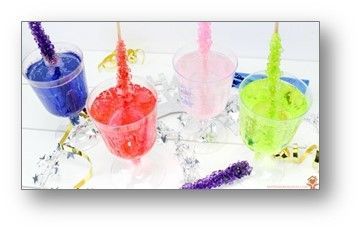
ROCK CANDY SPRITZERS
You’ll need a 2-liter of Sprite, Rock Candy suckers, and plastic champagne cups. Fill the cups with Sprite and then place one candy stick in each. Swirl it around a little to get a nice color!
Technically, you could just warm up some apple cider and call it hot apple cider. But this recipe takes it a step further. And you’re only adding on a few minutes of work for a hot drink that is so delicious. Here is what makes this one special:

- Apple Cider– pick a good one, if you can. I like one that is nice and cloudy, more than just apple juice labeled as cider.
- Lemon Juice– make sure it is freshly squeezed, not from a bottle. It makes a huge difference!
- Orange Juice– again, freshly squeezed for the best results.
- Cinnamon Sticks– these are the whole sticks, and you throw them in whole. They flavor the cider – you won’t actually eat (drink) the cinnamon sticks.
- Lemon Zest– this will flavor the cider. You remove this before serving.
- Orange Zest– same as the lemon above.
- Whole Cloves– Again, these are just to flavor the cider. They do bring a lot of flavor, so don’t skip them. You remove these before serving, as well.
Ingredients
- 1/2 gallon apple cider
- 1/2 cup fresh lemon juice
- 1/2 cup fresh orange juice
- 3 cinnamon sticks
- 1 strip of lemon zest
- 1 strip of orange zest
- 4 whole cloves
Instructions
- In a large pot, combine all of the ingredients.
- Simmer over medium heat for 20 minutes, but do not allow it to boil.
- When ready to serve, ladle the cider into cups or mugs, leaving the cinnamon, zest and cloves in the pot.
- Serve warm.
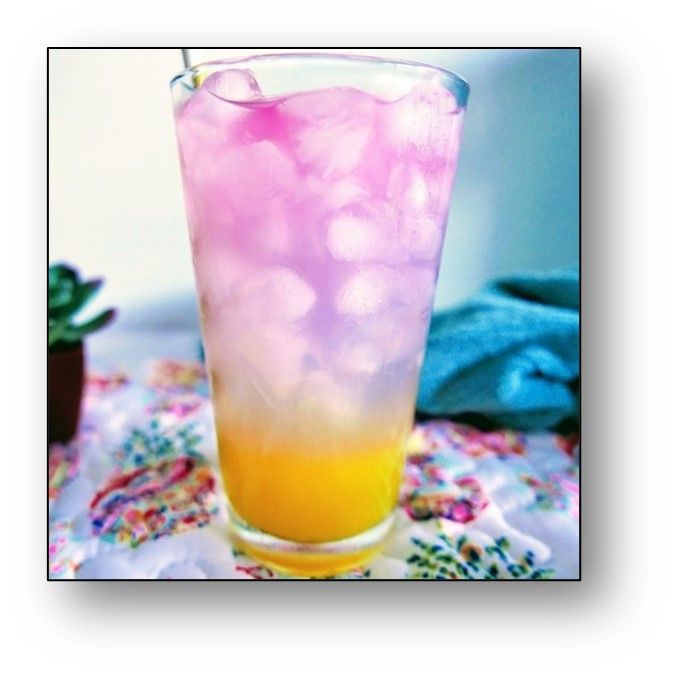
MAGIC MERMAID WATER MOCKTAIL
Mocktails are a short way of saying “fake cocktails”. They contain zero alcohol but can be fairly sugar-heavy.
Mermaid Water Ingredients
- Pineapple Juice
- Gatorade Zero Sugar, Berry Flavored
- Gatorade Frost, Glacier Freeze
- Ice Cubes
- Pineapple juice.
To Make Mermaid Water
- Start by filling your glass completely to the top with ice cubes.
- If you would like to use a straw, it’s best to insert your straw in the glass before pouring your liquids, otherwise the straw will disturb the layering process.
- Pour the pineapple juice over the ice, filling the glass a little over a third full.
- Next, very slowly pour the Gatorade Zero Berry over the pineapple juice, filling the glass about ¾ full.
- If the Gatorade begins pouring too quickly it will mix into the pineapple juice.
- A trick to help pour slowlyis to hold a spoon with the backside facing up across the glass and pour the Gatorade over the back side of the spoon.
- It will slowly trickle into the glass and keep it from mixing with the pineapple juice.
- Lastly, pour the Gatorade Frost Glacier Freeze slowly over the Gatorade Zero Berry.
- The two will slightly mix together creating an ombre effect, while still separating from the pineapple juice.
PEPPERMINT MOCKTAIL
Ingredients
- ½ cup sugar
- ½ cup water
- ¼ teaspoon peppermint extract
- 2 cups eggnog
- 5 scoops vanilla ice cream
- 1 cup of crushed peppermint candy
- Club soda
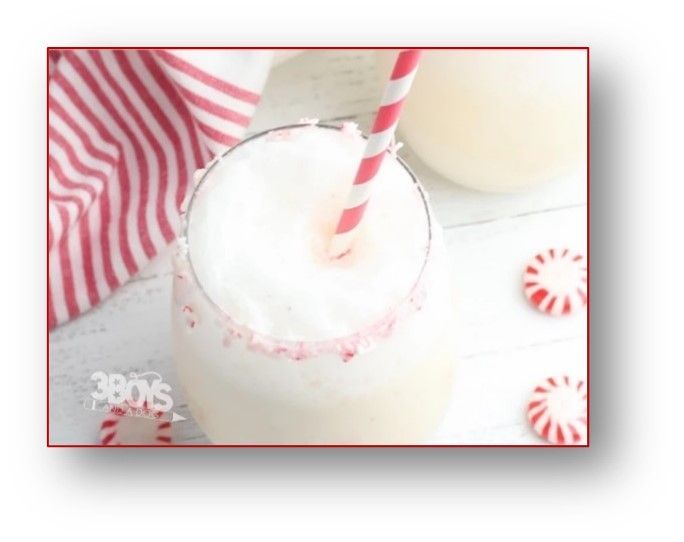
Instructions
- Combine sugar, water, and peppermint extract in a small saucepan.
- Bring this to a boil, then simmer on low heat for 10 minutes.
- Remove the mixture from the stove and allow it to cool for 3-5 minutes.
- While that's cooling, combine peppermint extract, eggnog, vanilla ice cream and half the peppermint candy in a blender until smooth.
- Place the rest of the crushed peppermints on a plate. Dip your cup’s rim in water or corn syrup, then in the peppermint candy.
- Pour one cup of peppermint eggnog mixture into each cup, then top-off each glass with club soda.
Hopefully you and your children will have lots of fun this holiday and in all future celebrations. If you do find your teen has developed a problem with alcohol use and may need assistance, please do not hesitate to contact Karita Nussbaum PhD, LISW-S, LICDC. Dr. Nussbaum is an experienced substance use and mental health counselor and is the Program Manager for the Gemini Program, C&A’s program that addresses both mental health and substance use concerns. Happy New Year from C&A!
If your teenager is experiencing issues with alcohol or other substance use issues, please call C&A at 330.433.6075.
Karita Nussbaum, PhD, LISW, LICDC has over thirty years of experience working in the field of behavioral health, over 10 are with substance use. She is currently the Program Manager for the
Gemini Program which serves both mental health and substance use disorders at
Child & Adolescent Behavioral Health.
RECENT POSTS
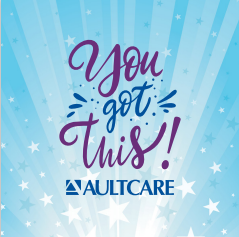
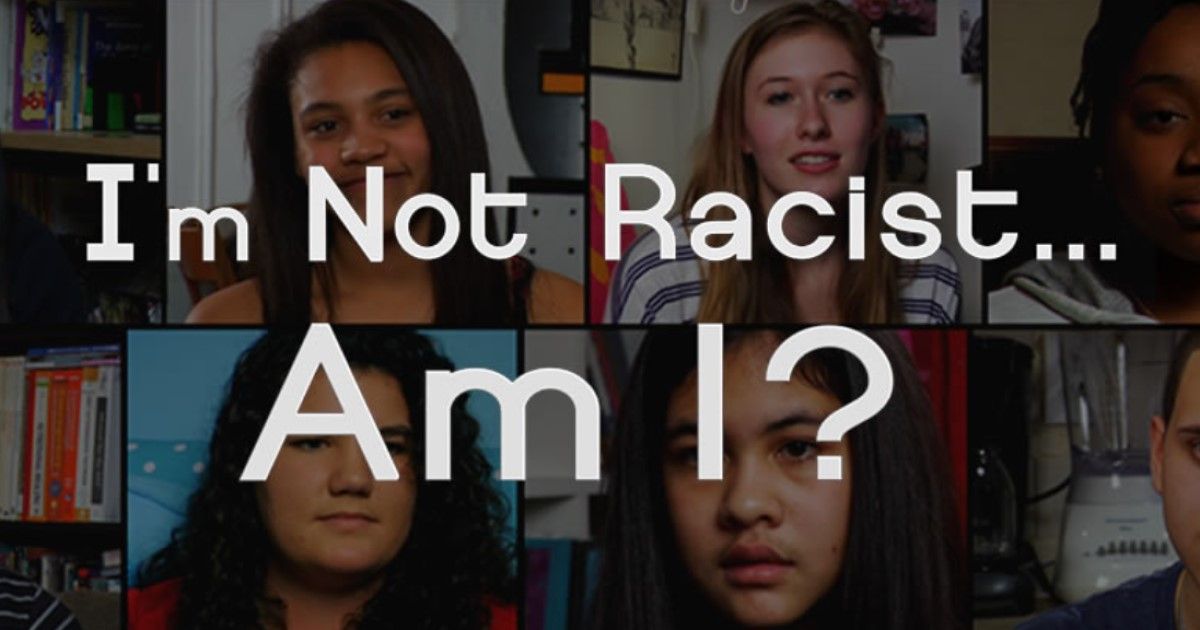
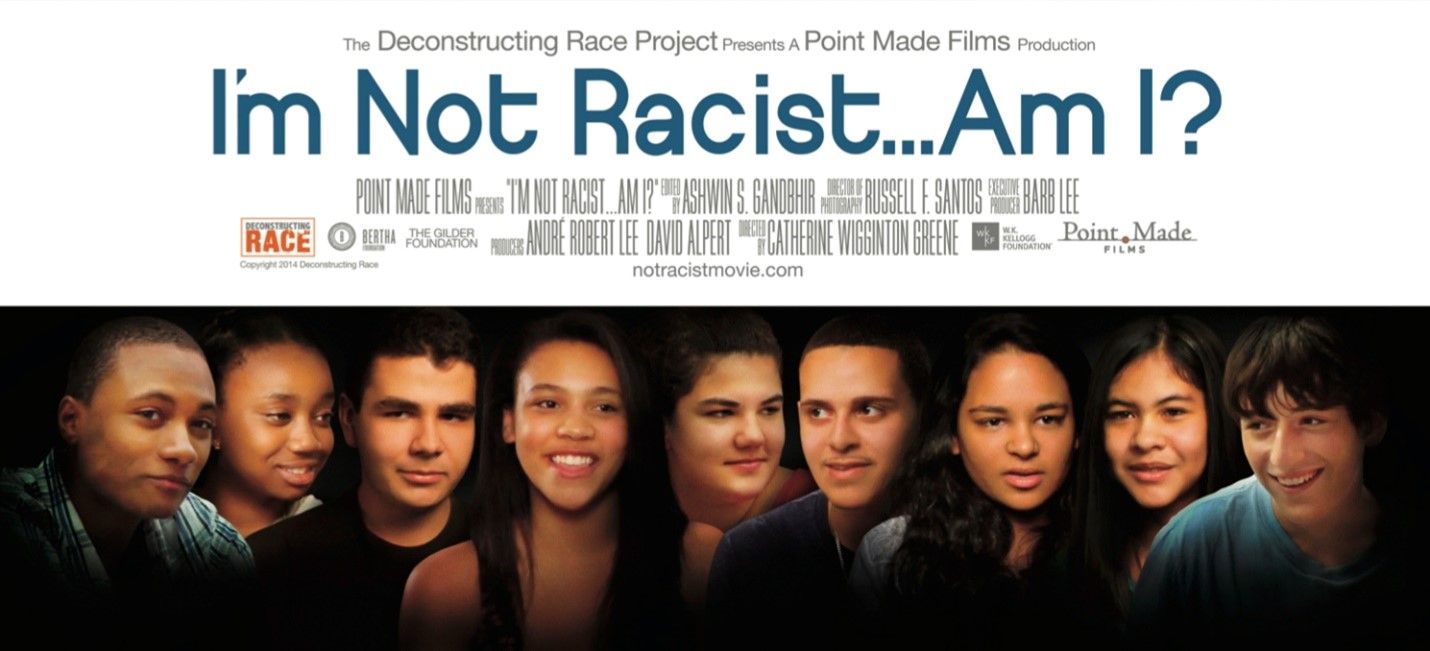

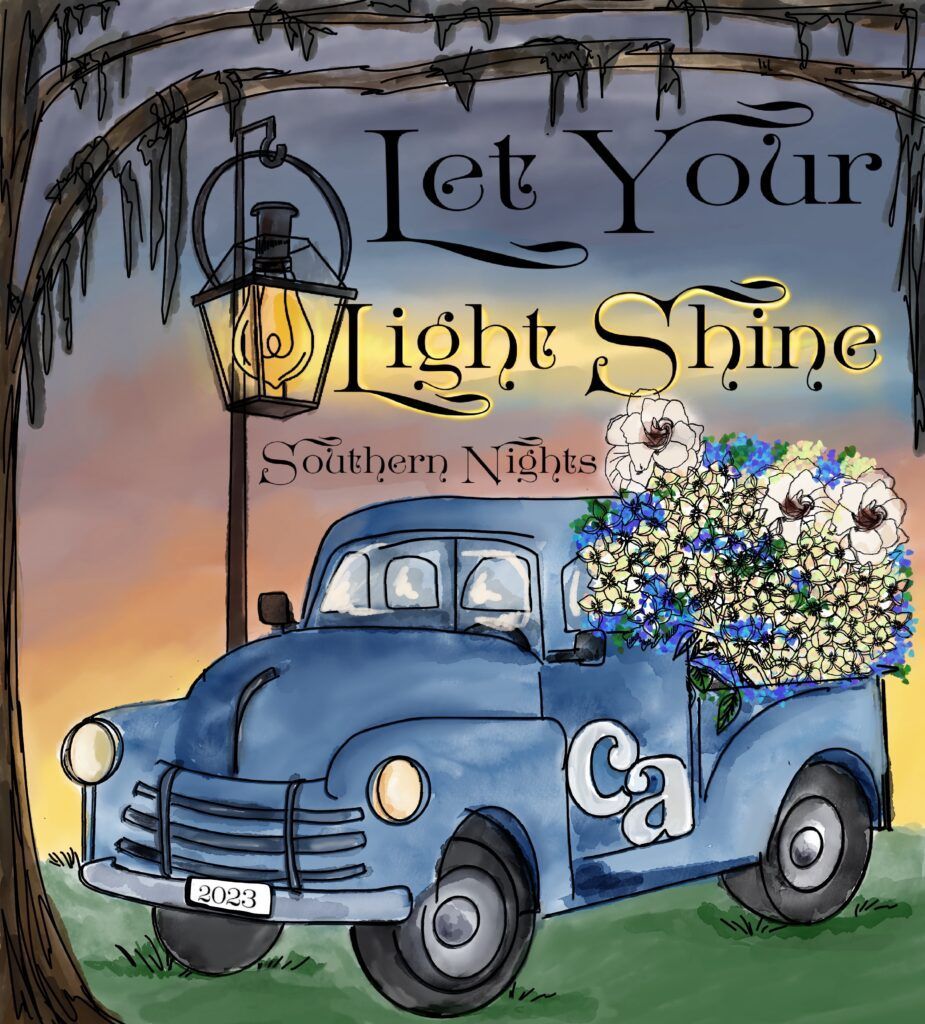
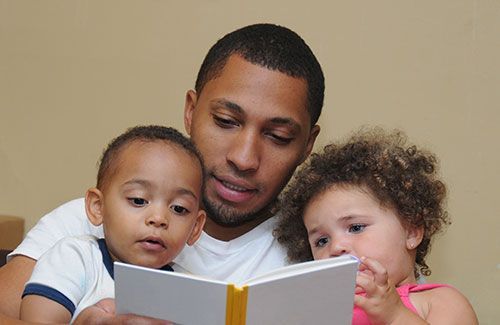

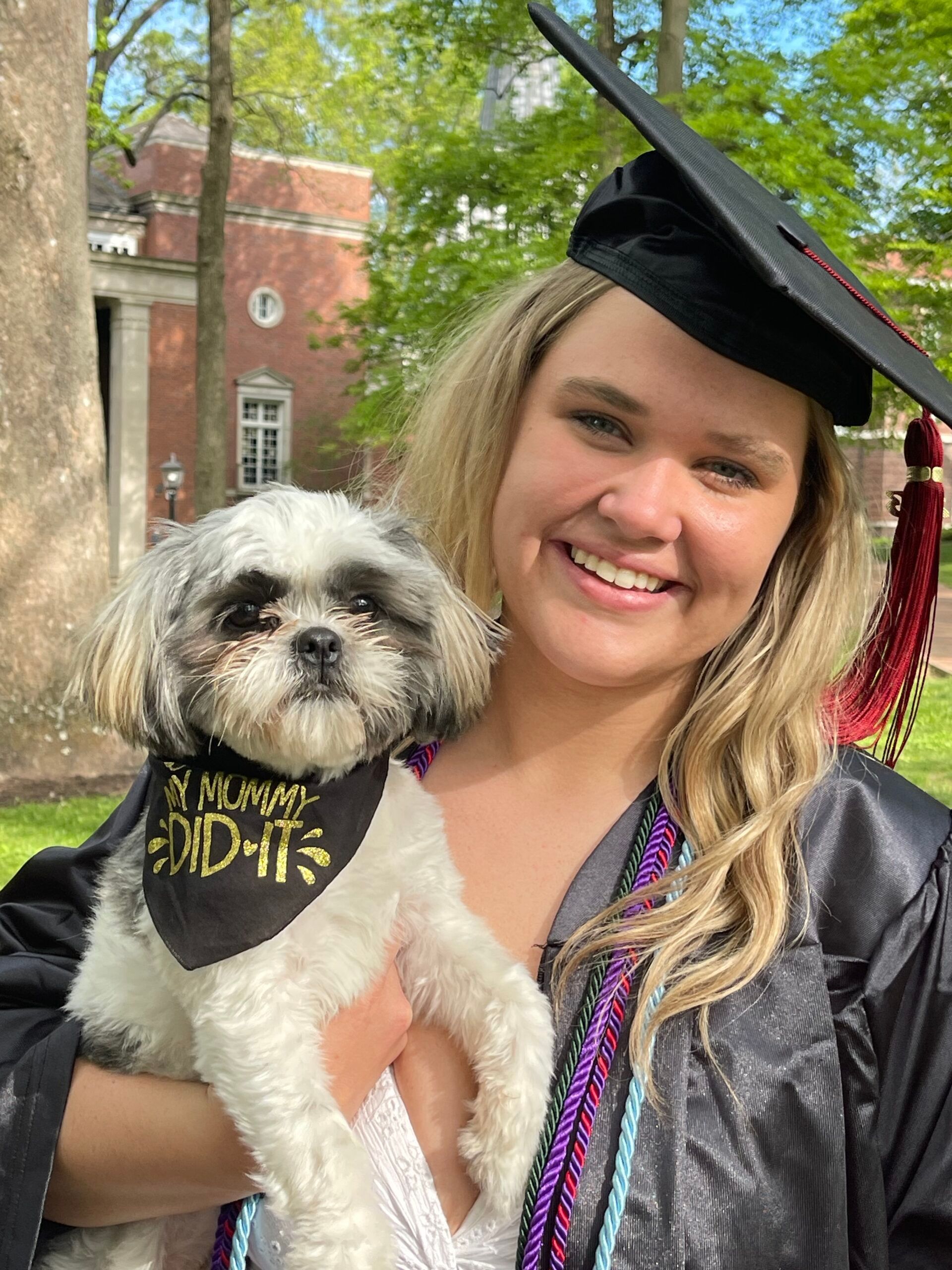
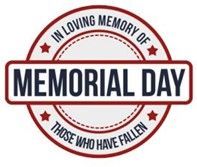
C&A opened its doors in late June, 1976. Learn about our wonderful history and how the agency has expanded its programs, services and locations throughout Stark County.

